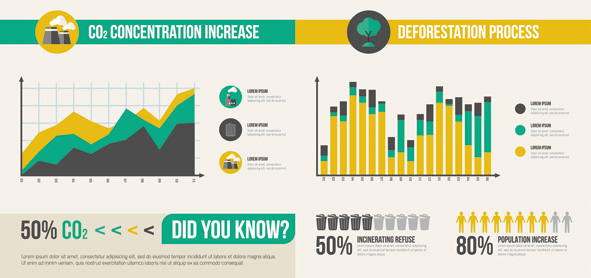This is the solemn message published on 13th November by 15,000 scientists from 184 countries, including biologists, physicians, astronomers, chemists, even agronomists, specialists in the climate or oceans, the authors expressing words of caution about the rapid destruction of the natural world and the danger of seeing humanity pushing “the ecosystems beyond their capacity to support life”.
Their text calls on decision-makers and policy-makers to do everything possible to “halt the destruction of the environment” and prevent the depletion of the resources provided by nature for the human race.
The level of support for this warning reflects an unease felt by all of the disciplines.
This is the second time that the “world’s scientists” have issued a warning to humanity. The first call of this type, published in 1992, following the Earth Summit in Rio (Brazil), was endorsed by some 1,700 leading scientists, including a hundred or so Nobel Price laureates. It was already highlighting a disturbing state of affairs. This call for action has not been followed up. A quarter of a century has elapsed since then and the situation remains the same.
When he realised just how little progress has been made since 1992, the biologist William Ripple, professor emeritus at the University of the State of Oregon, took the initiative to remind us of the alarming indicators that were mentioned at the time. Together with seven other main authors, he has produced an overview, which outlines these developments, showing - with the aid of a few simple charts and graphs - the disastrous state of health of our planet at the present time.
Therefore, the scientists’ warning now makes even more sense. The problem is not so much demographic growth, rather it is the way our resources are managed and changes in lifestyles. Humanity must adopt an alternative that is more environmentally sustainable than the path being taken today.
